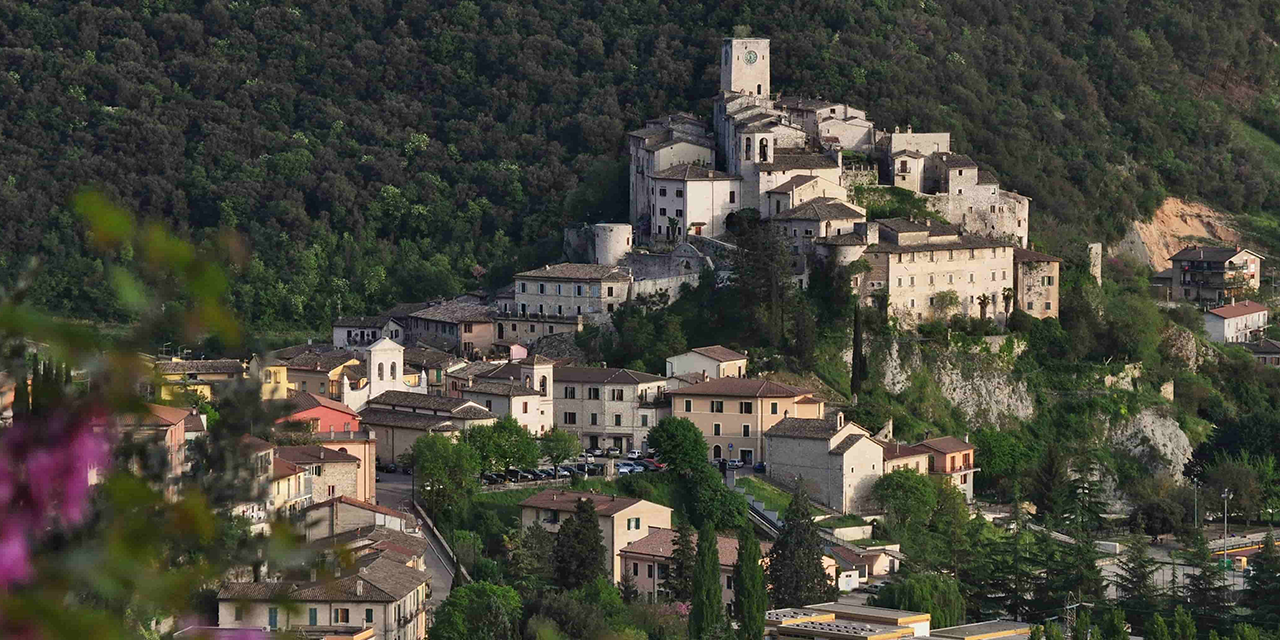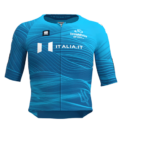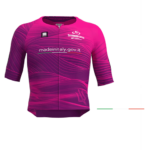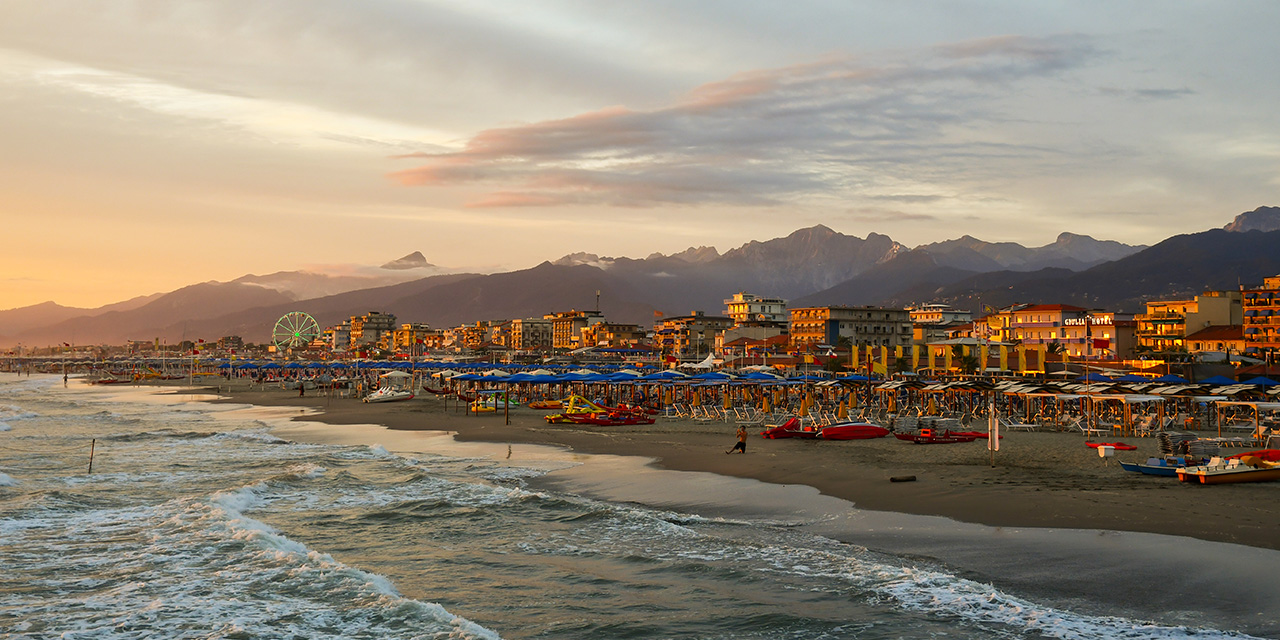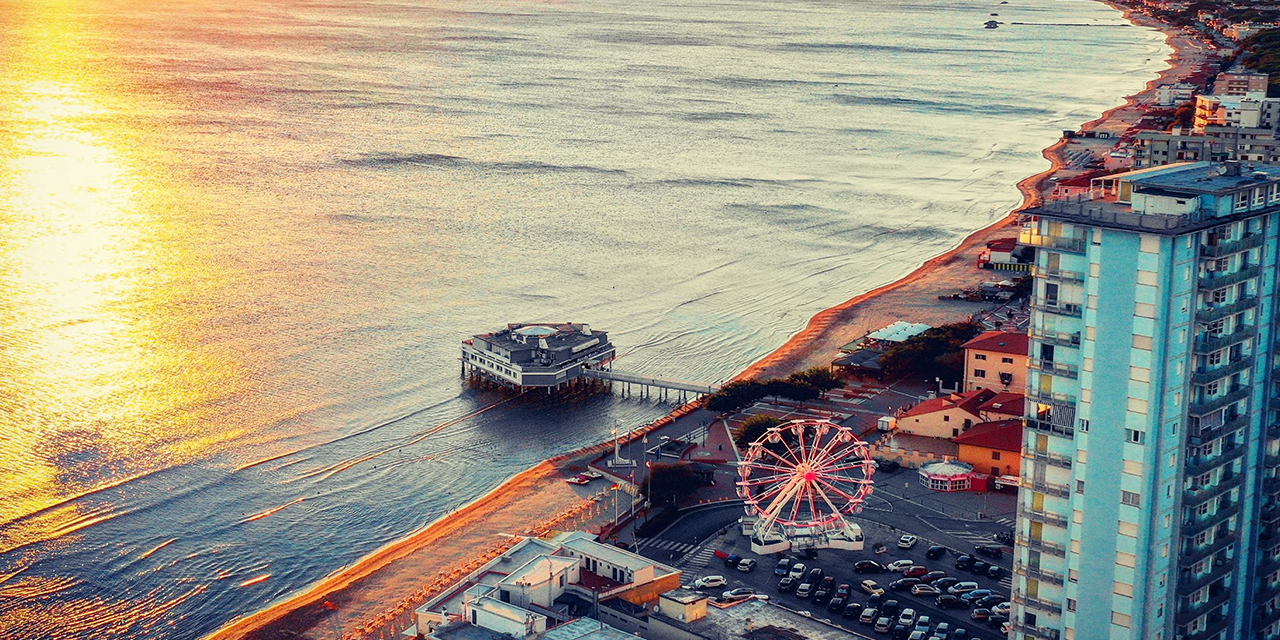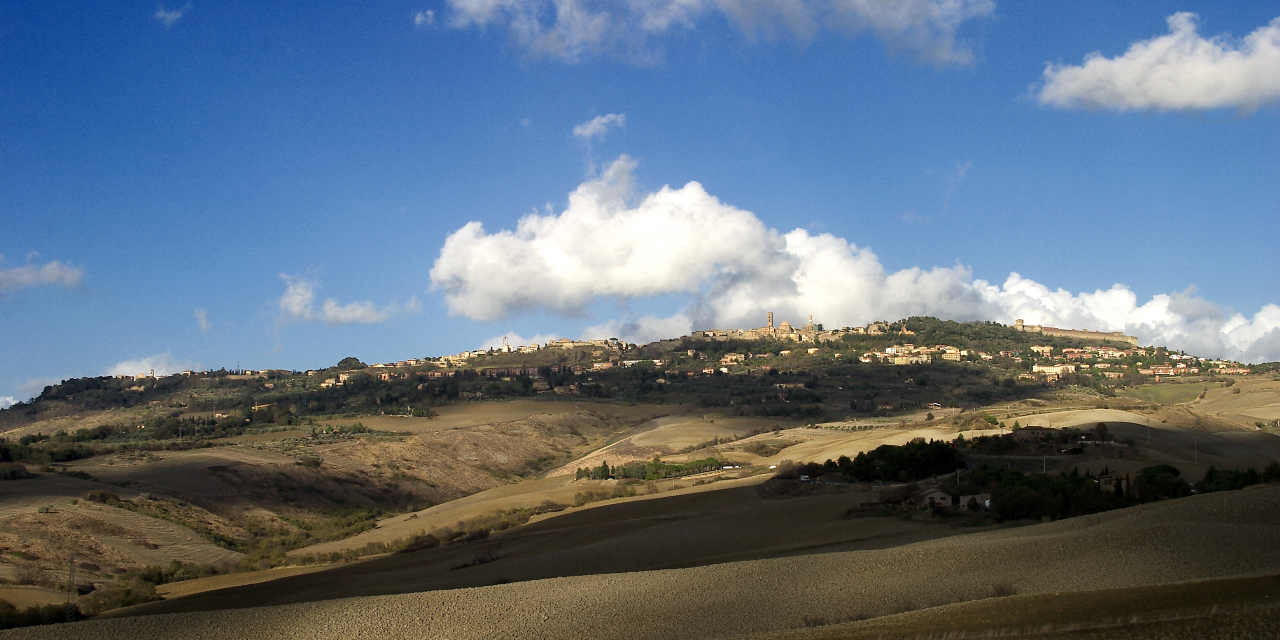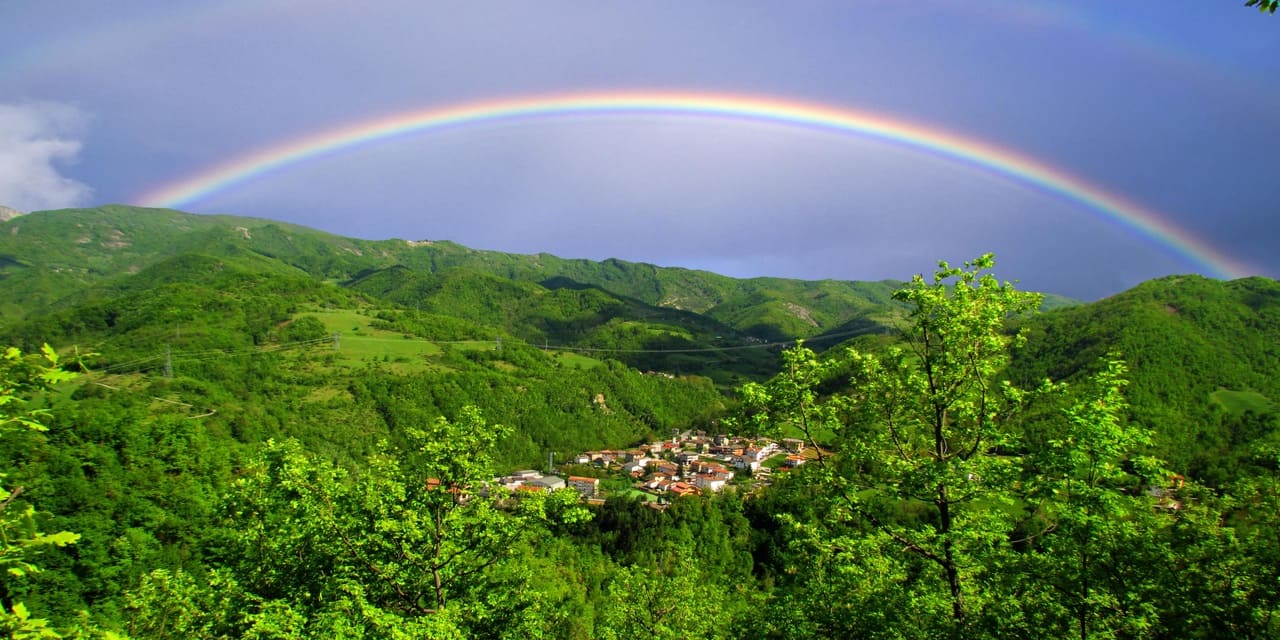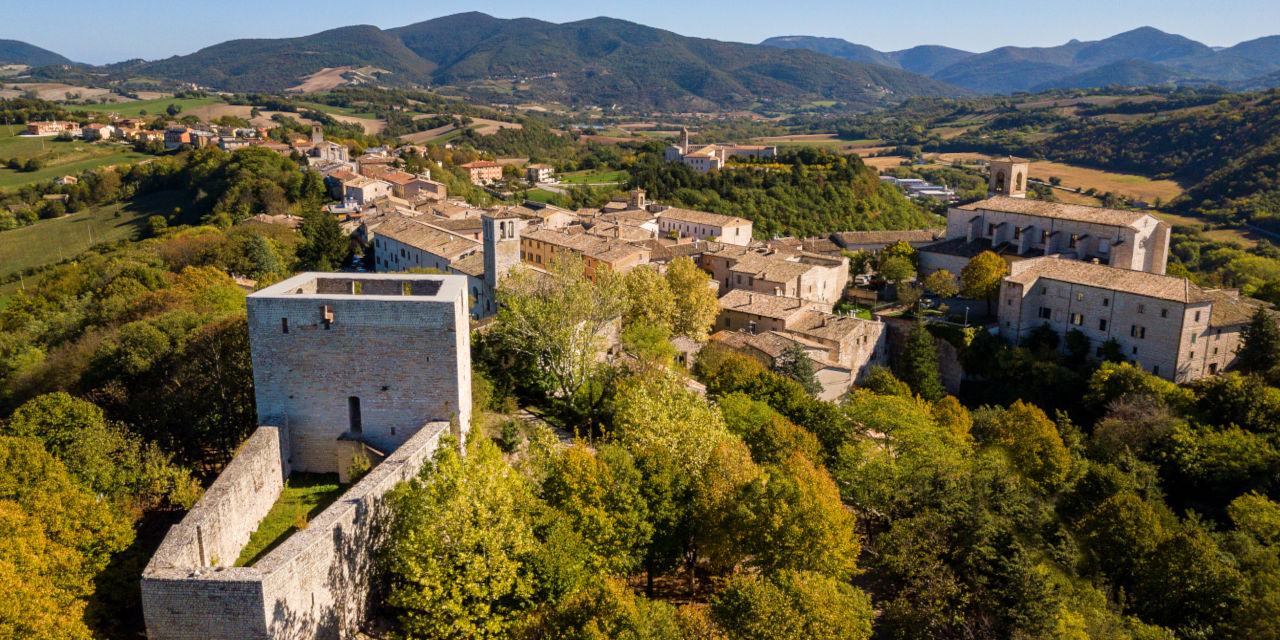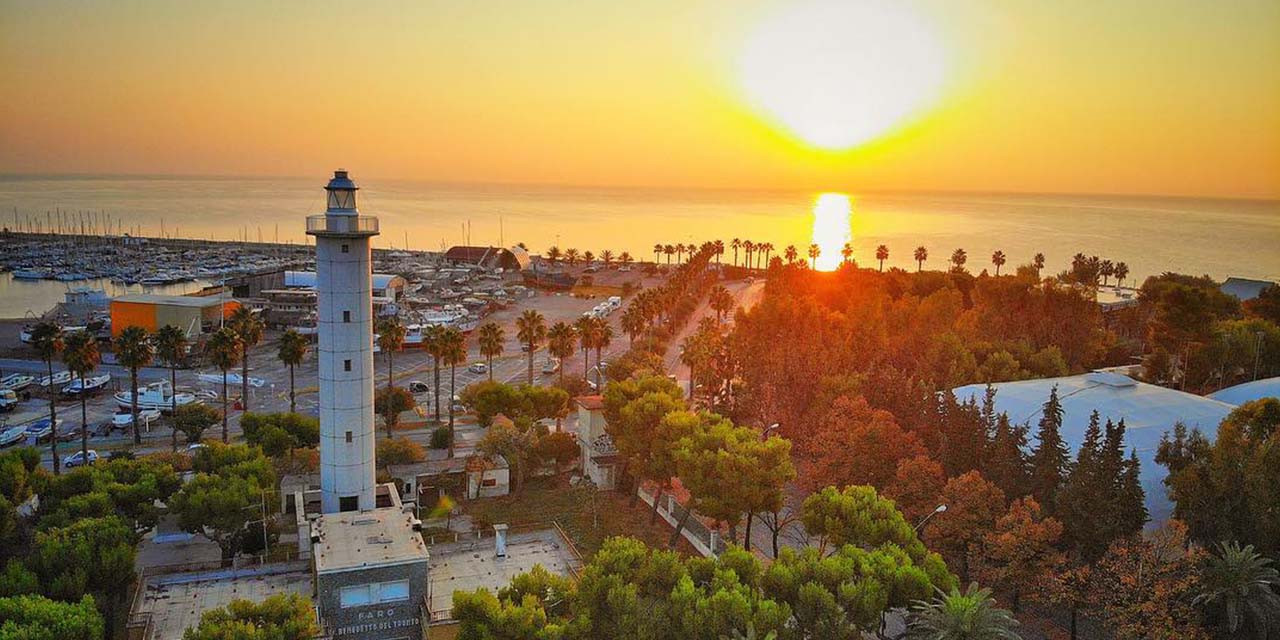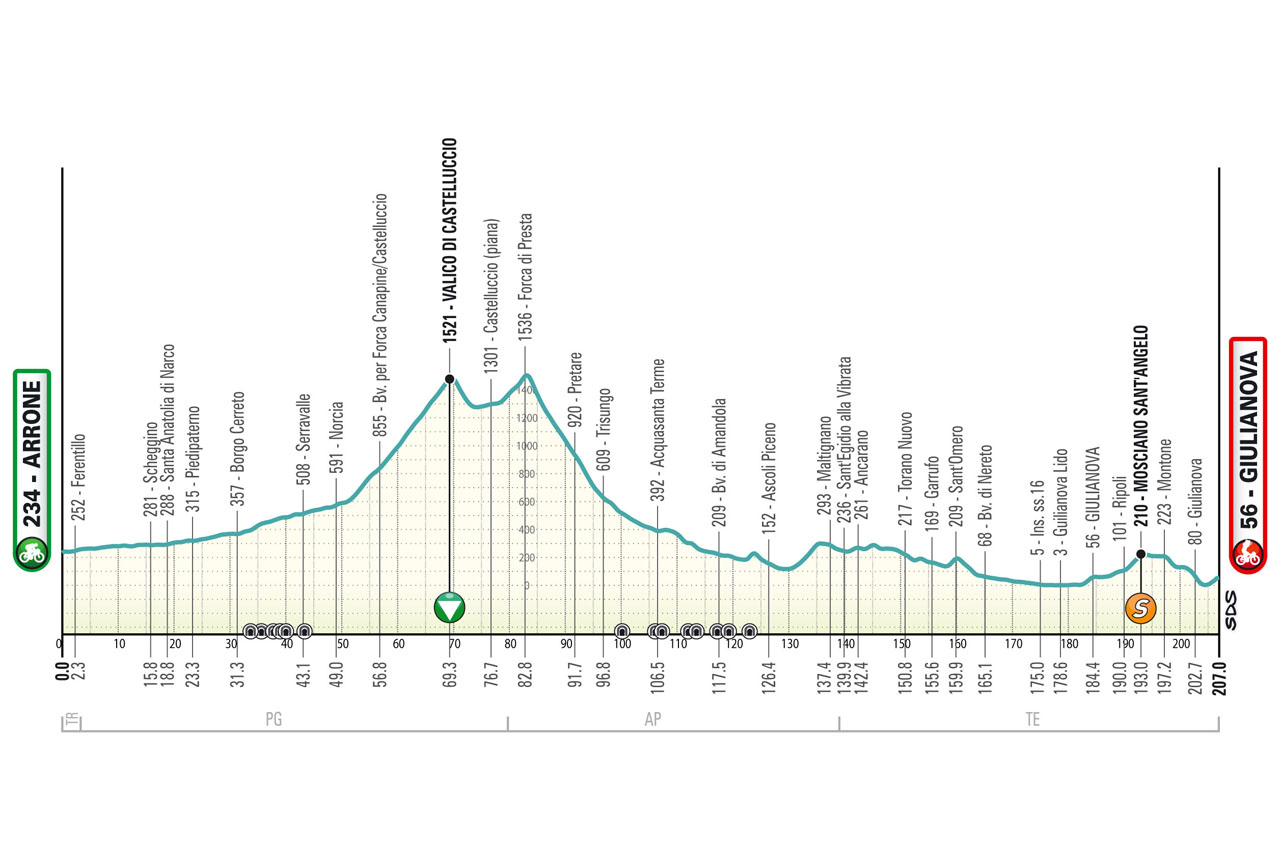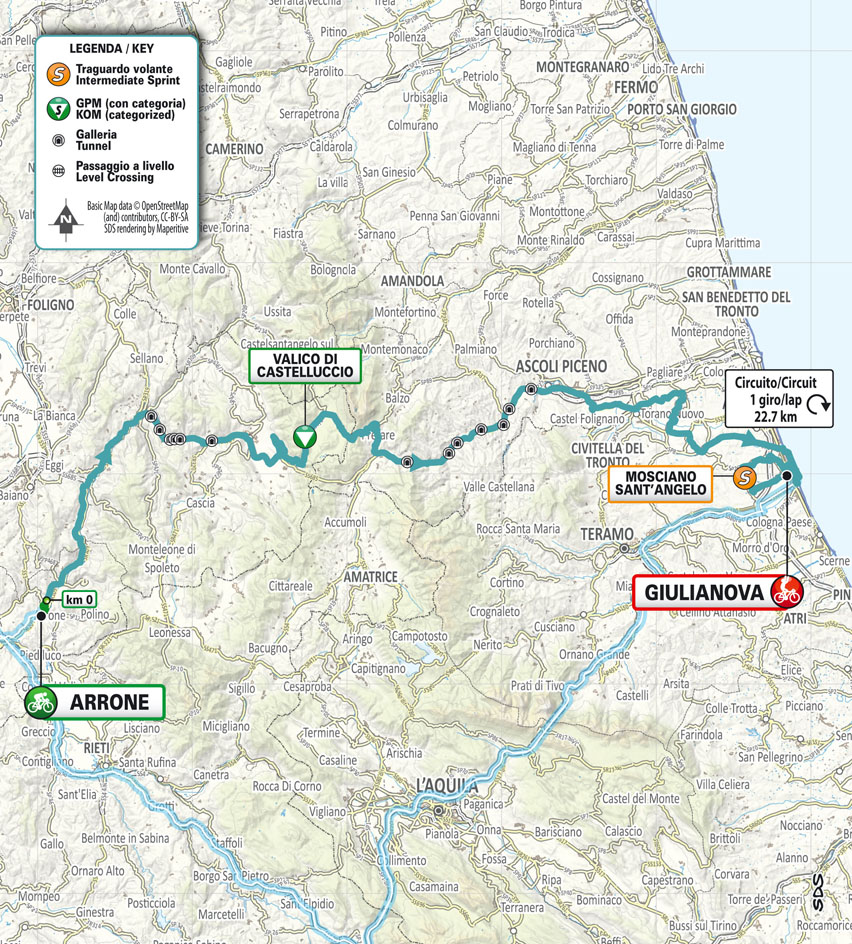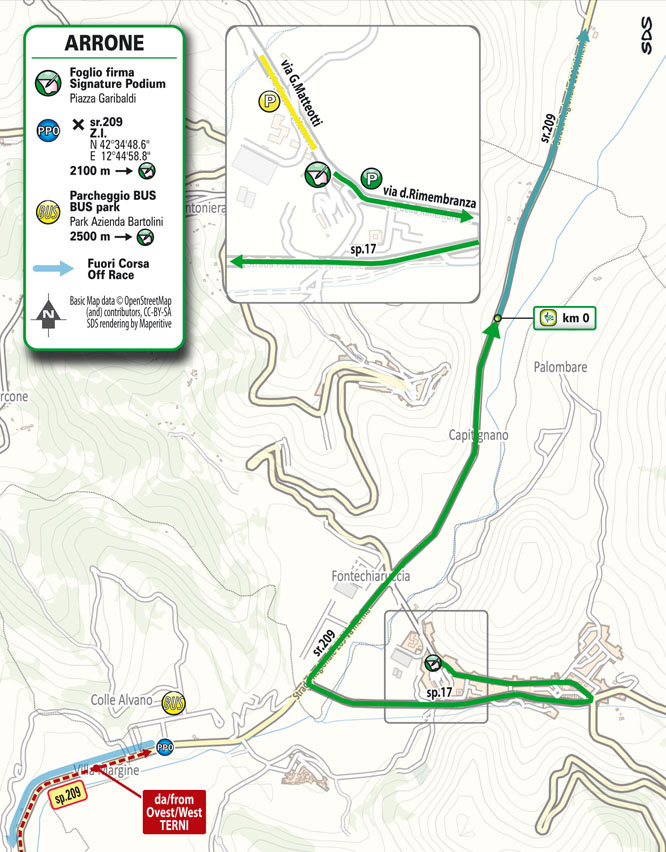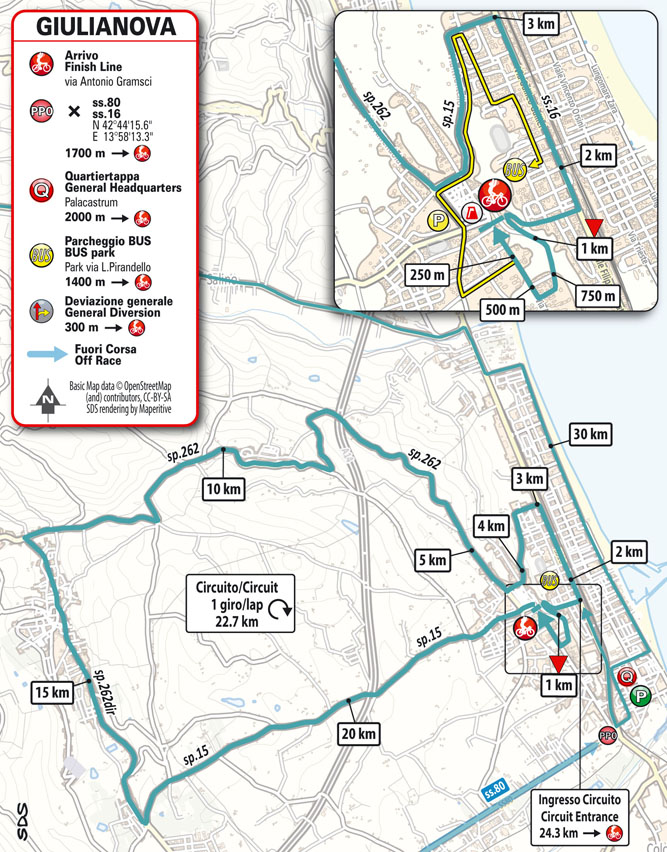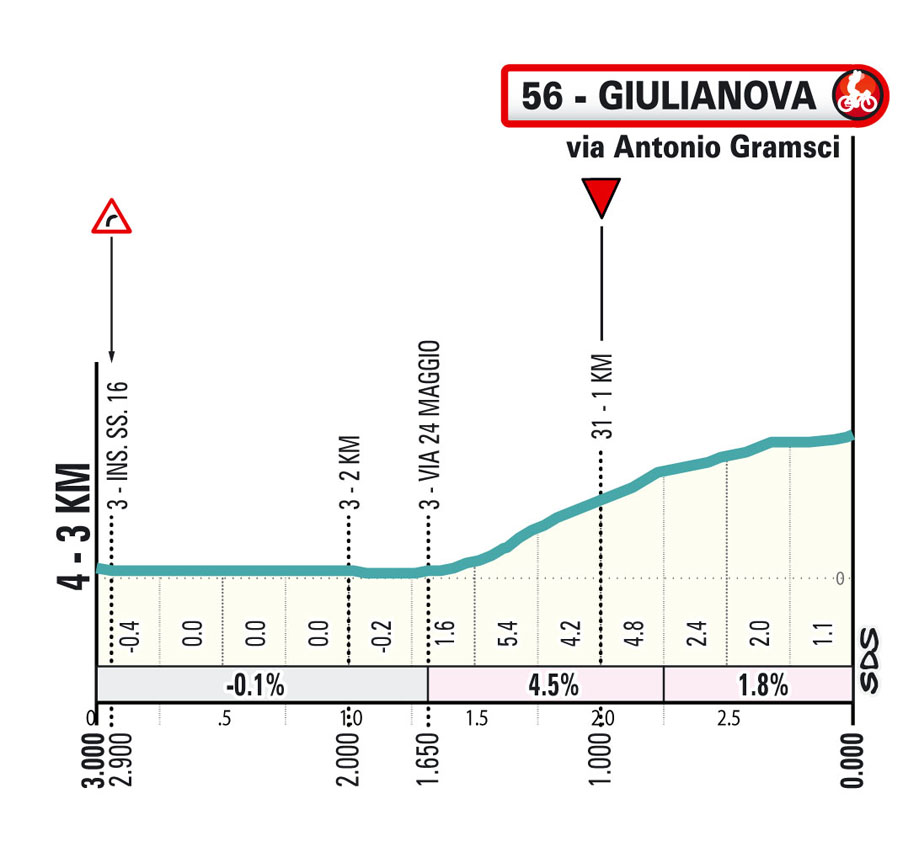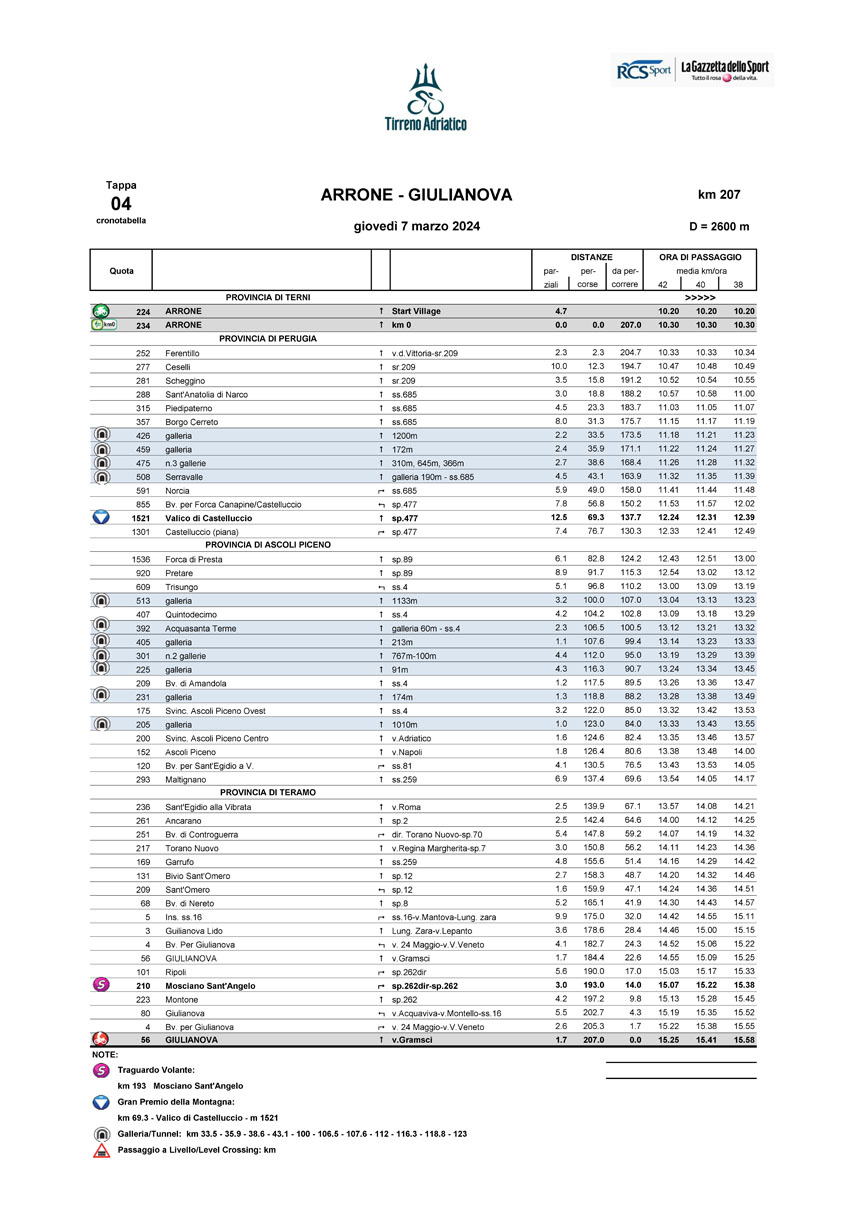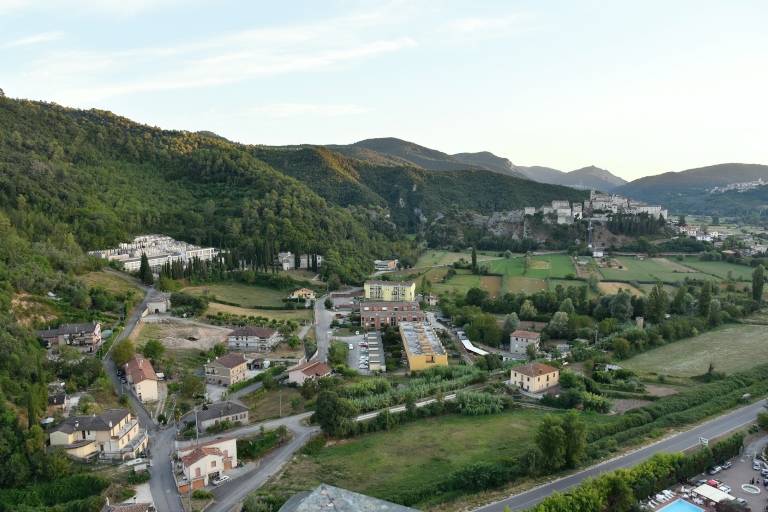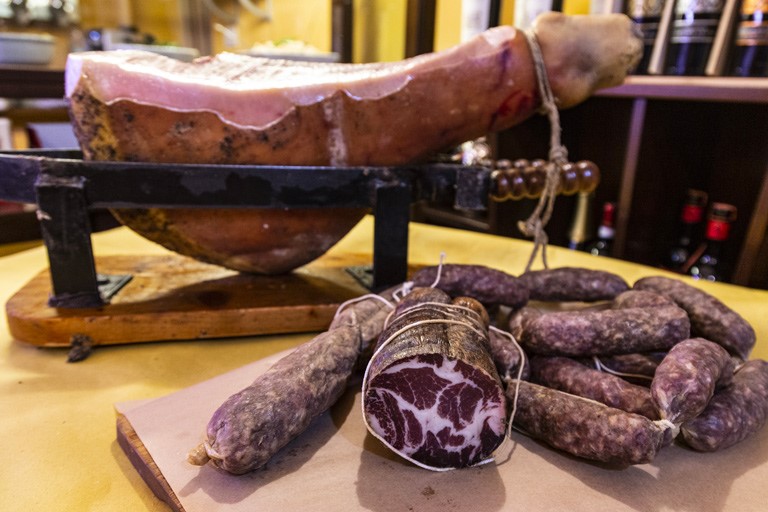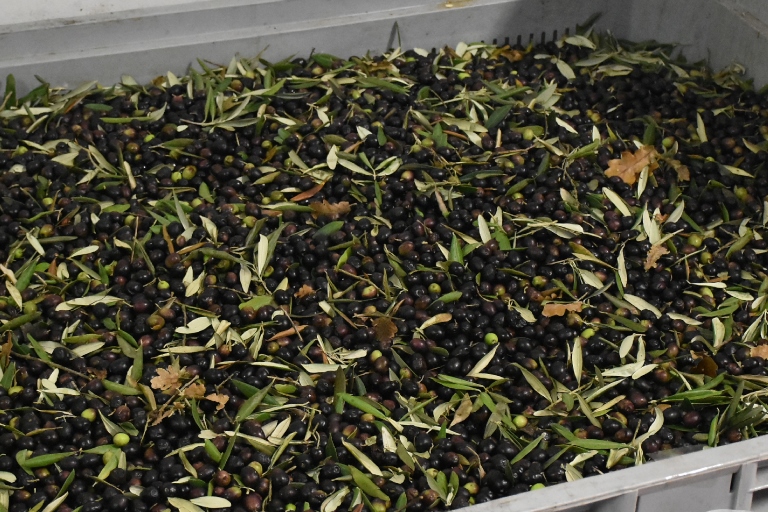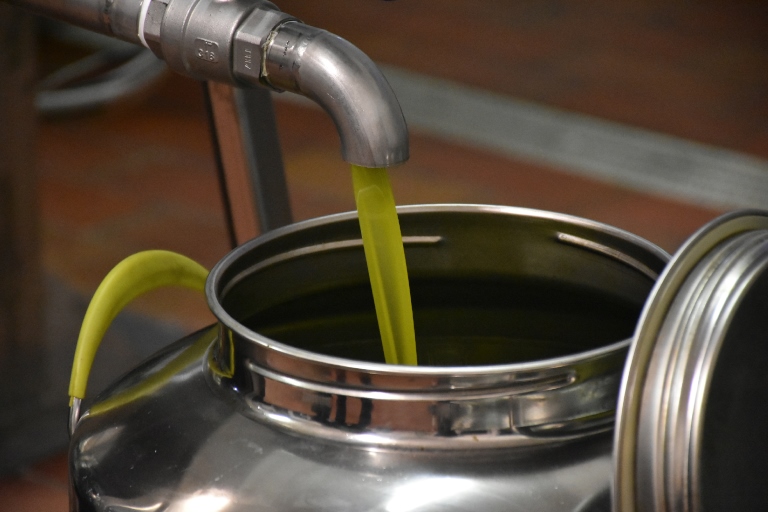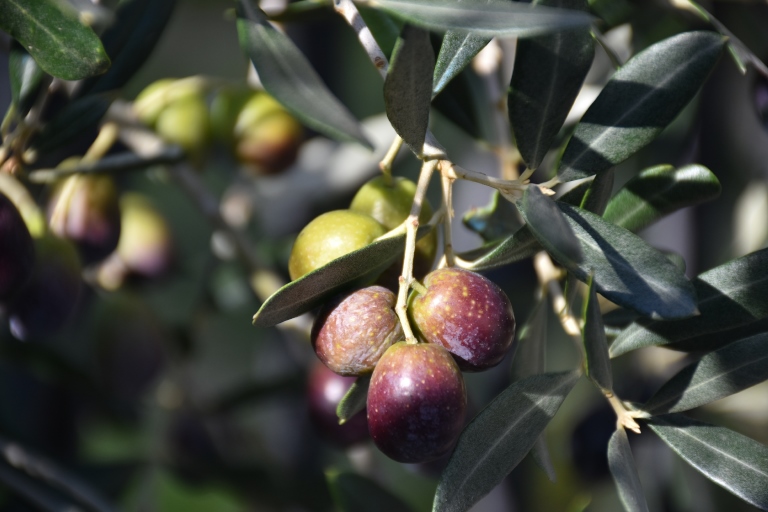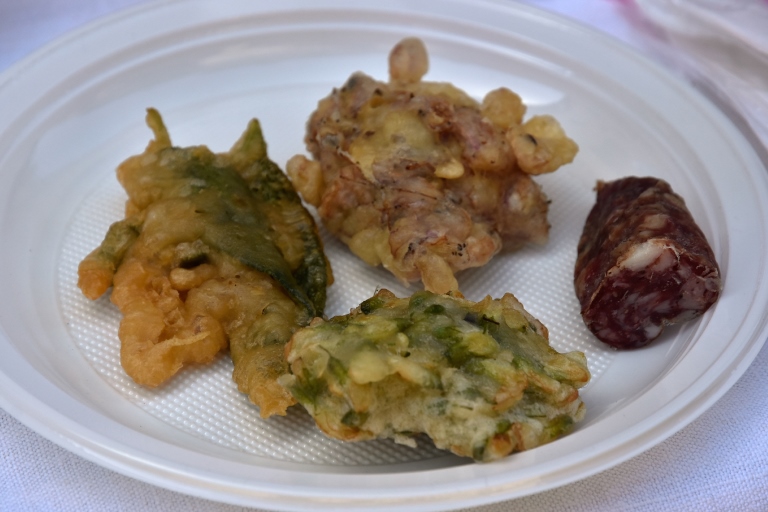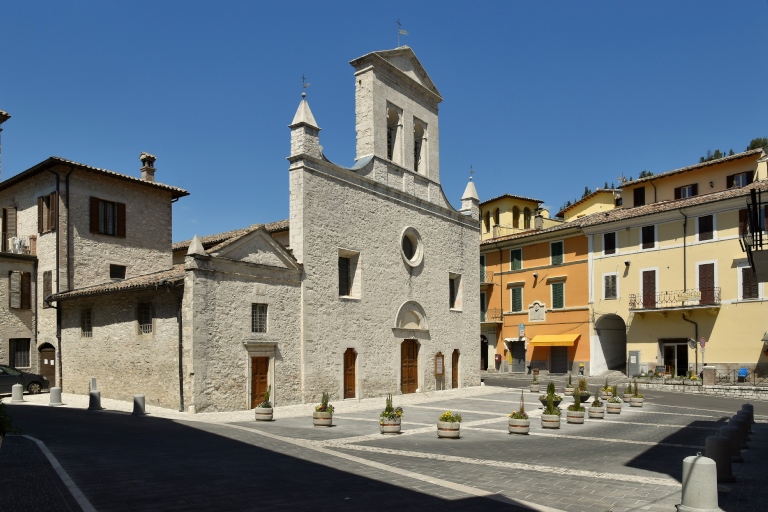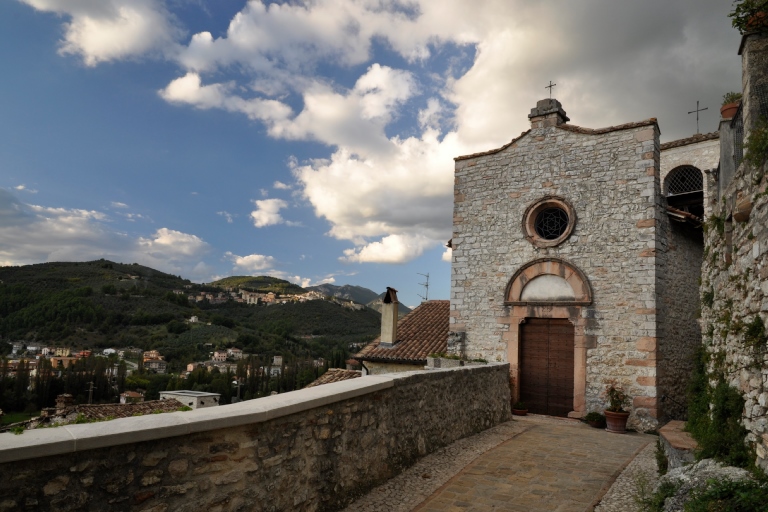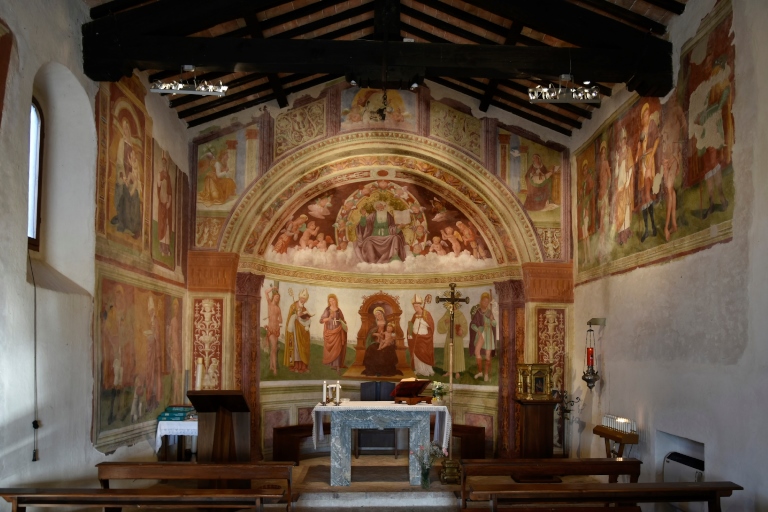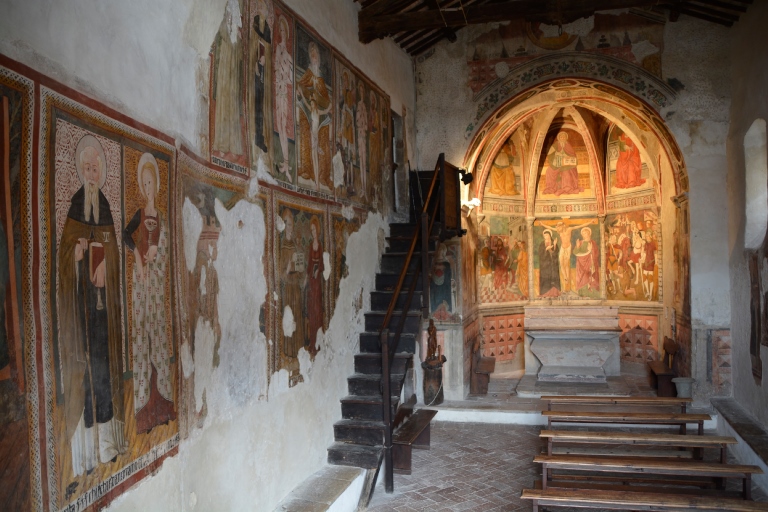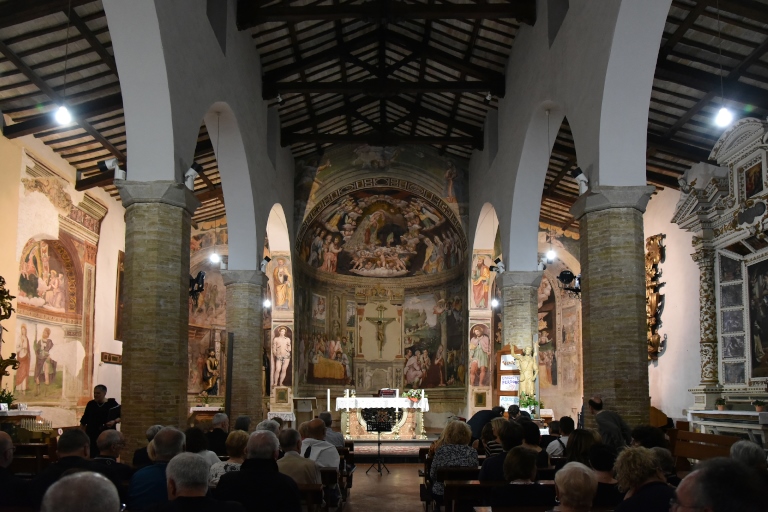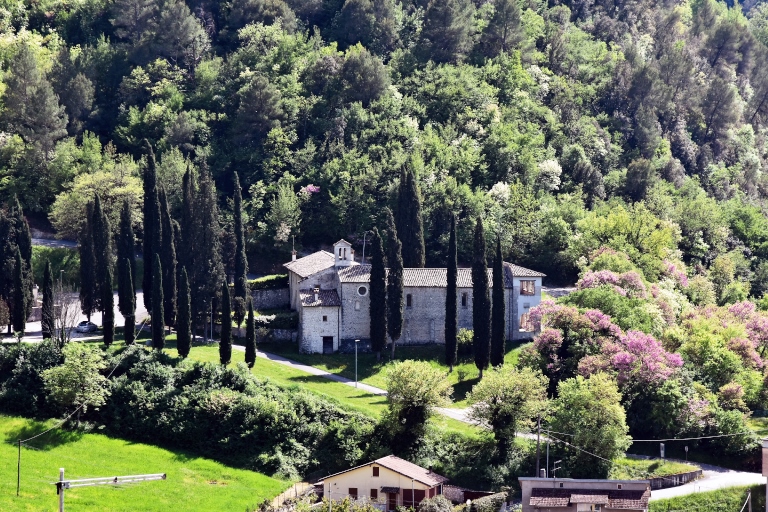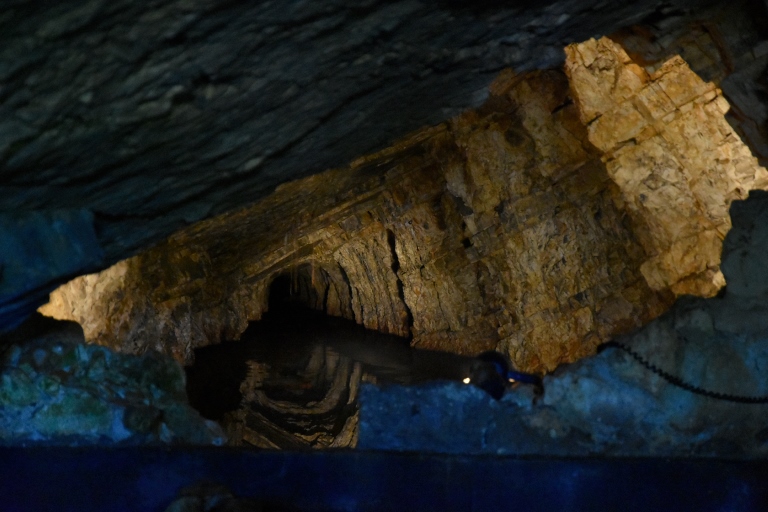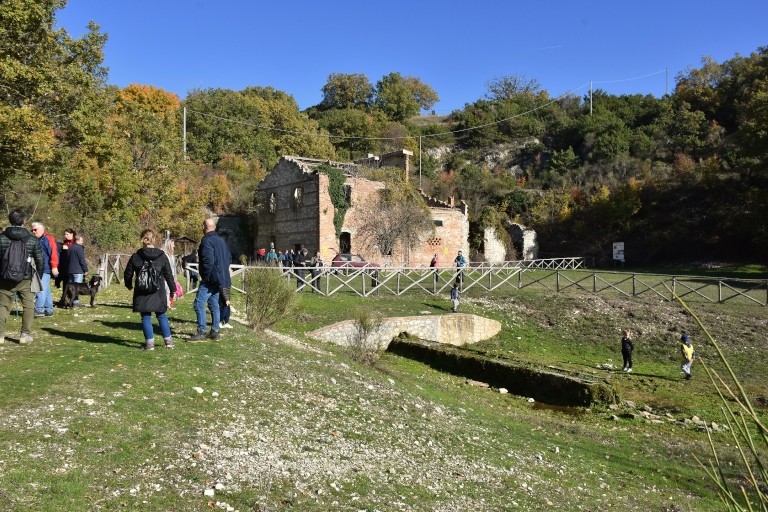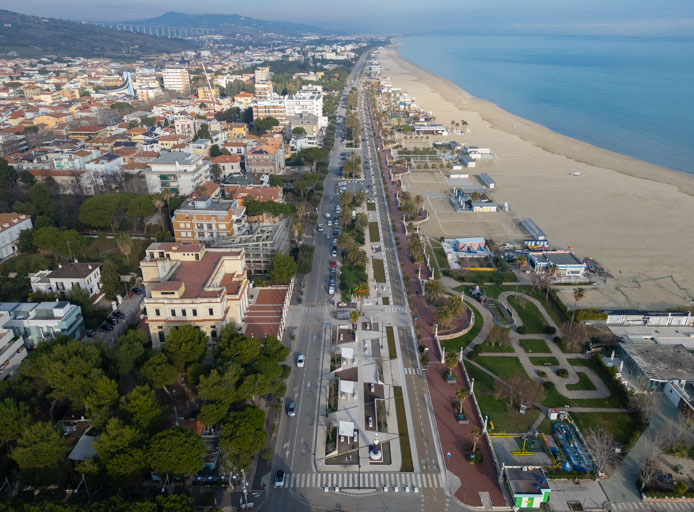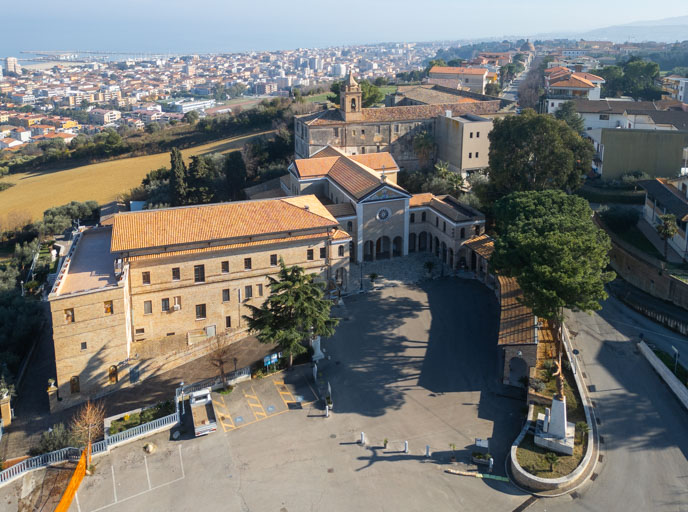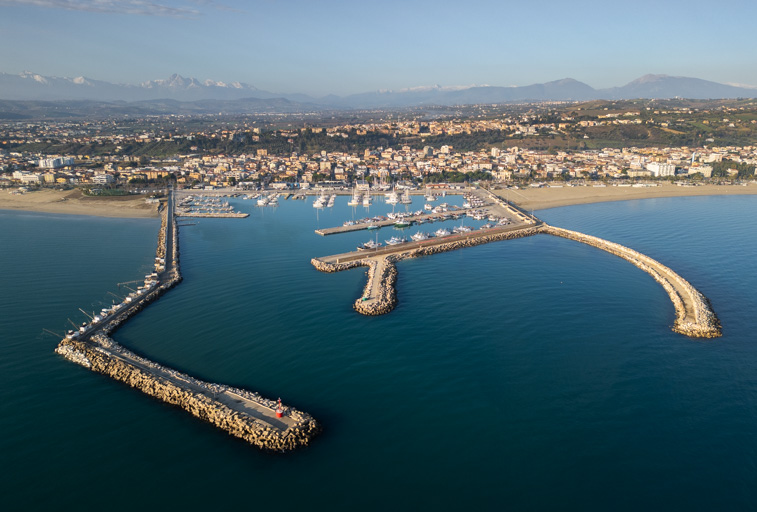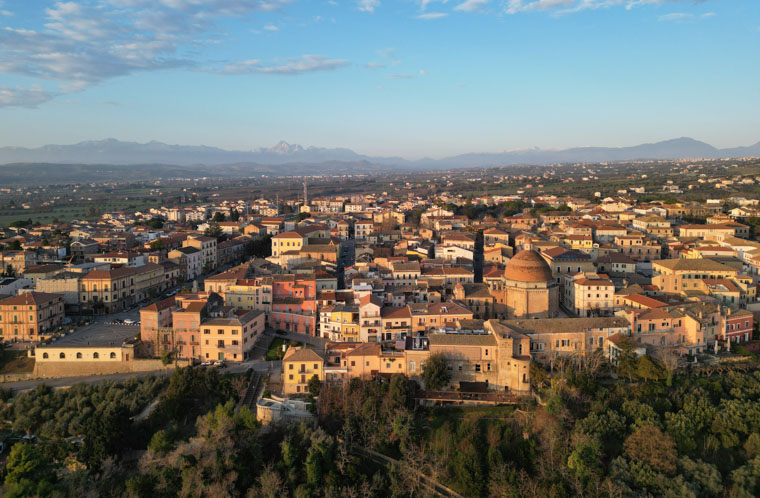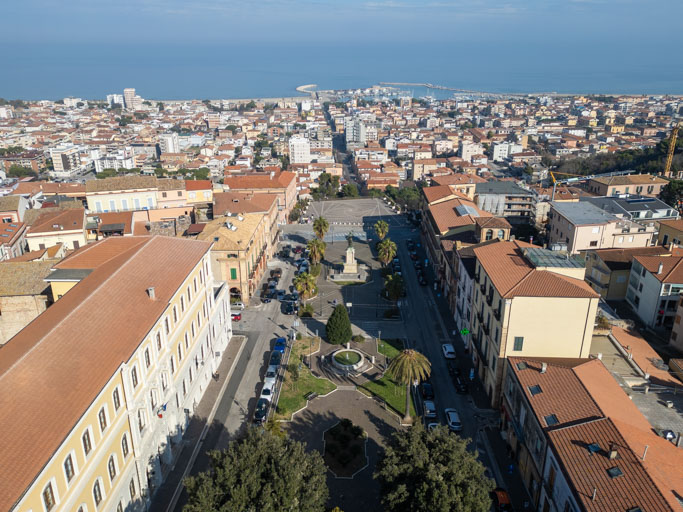learn more
technical info
profile
map
technical info
A stage divided into two parts: the run-up to the final circuit and the circuit itself. The first part unfolds within the Sibillini Mountains. After Norcia, the route climbs the Valico di Castelluccio to then cross the plain of the same name and, through the Forca di Presta, the riders will reach Arquata del Tronto and the Salaria, where several tunnels and some bottlenecks are signalled. The road is mostly wide and well-paved. Some city crossings will feature the usual urban obstacles and, at km 178, the final circuit will begin.
Last km
Last kilometres within a 22.7 km circuit to be repeated once. The circuit consists of an undulating first part through Mosciano Sant’Angelo followed by a slightly downhill sector until reaching the sea. Last 3 km slightly uphill at about 4.5%. The final stretch is at 2% for the last 400 m.
start / finish
final kilometres
itinerary timetable
tourist info
Host city:
Arrone
Overview
Arrone is a medieval village, surrounded by the nature of the Nera River Park, located in the province of Terni, not far from the Marmore Falls. Its origins are ancient; it is said that the name probably comes from the noble Arroni family who, at the end of the 9th century, founded the small village. Arrone is included in the circuit of the “Most Beautiful Villages in Italy” and can be considered the home of nature-based sports. Trekking, climbing, canoeing, rafting, mountain biking, and horse riding are popular activities. Finally, one can experience unique emotions by traversing from tree to tree safely in the Adventure Park of Rosciano. A characteristic event is the Feast of the Patron Saint, Saint Giovanni Battista, featuring acrobatic bell ringing, a rarity in Italy.
Food
The region’s typical products are associated with the bounty of the land and water. The dominant olive grove invites tasting of the intense Umbrian olive oil, which, in Arrone, has ancient origins and pairs excellently with locally raised meats. The Valnerina valley is also famous for its pork products, from salami to all its derivatives, representing a tradition passed down through generations. Among the prized products is truffle, the basis of many gastronomic specialties. The Nera River and its water are also significant, with famous shrimp and trout fillets. Excellent dishes include “ciriole trota e tartufo nero” (trout and black truffle pasta) and tagliolini with river shrimp. Game meat and forest fruits, such as porcini mushrooms, form the basis of the main dishes characterizing our area.
Wines and Beverage
In Arrone, the sole winemaker holds the traditions of Valnerina into his wine production. Rosso Umbria IGT is the most popular wine, which is enriched by a surprising Barbera and the classic Sangiovese. Trebbiano and Grechetto are instead the whites with intense and vigorous aromas, born from clayey and loamy soil.
Points of Interest
There are several monuments to visit, notably the Arrone Castle, the upper part of the village which preserves the medieval urban layout, with its walls and picturesque alleys. Also, on the castle grounds, one finds the civic bell tower, the olive tree tower, the 14th-century Church of Saint Giovanni Battista with 15th-century Umbrian school frescoes, and the Church of Saint Maria Assunta in the main square.
Moving a bit to the nearby village of Casteldilago, we find the Church of Saint Nicola, the Church of San Valentino, Patron of Love, and the sanctuary of Madonna dello Scoglio.
In Buonacquisto, besides the delightful village overlooking Lake Piediluco, it is possible to visit the remains of the lignite mine, active until 1950.
Giulianova
Overview
Giulianova, the ‘Posillipo degli Abruzzi’, encapsulates hospitality, history, art, landscape, spirituality, taste and the scent of the sea and green hills. Tourist accommodation is among the largest and most important in Abruzzo, as it offers hotels, campsites, and tourist villages within the reach of children in particular. Families find their safety and peace of mind on the flat, sandy beach.
Food
Giulianova, jutting out over the sea but with solid traditions linked to its agricultural context, can boast a complete gastronomy.
The main dish of the local cuisine, born with and by the sailors, is Brodetto ‘alla giuliese’, so called because of the variations that differentiate it from its counterparts in Pescara, San Benedetto del Tronto and Vasto. Its genesis is linked to the traditional ‘scafetta’, i.e. the quantity of fish due to the sailor on account of work and taken from the last catch from the boat before returning to port. The ingredients are simple: sole, octopus, cod, red mullet, scorpion fish, monkfish, cuttlefish and other seafood, plus chilli. Cooking is divided into two stages, starting first with the fish that takes the longest (cuttlefish, squid, etc.) and then moving on to the fish that is cooked immediately (cod sole, red mullet, etc.). Unlike, for example, Vastese fish, cooking is longer and more complex with the moderate presence of peppers and chopped tomatoes, not too ripe, not sauce. The result is therefore a dish dense with fragrance and delicate flavour.
The first typical dish is ‘Piccato alla giuliese’, a sort of pesto of blue fish and tomato that gives all the fragrances of a land with a strong yet irresistible character. Another delicacy of seafood cuisine is ‘panocchie (smothered sea cicadas)’, born as an appetiser that fishermen prepared on the ‘lancette’, the forerunner boats of today’s fishing boats.
A famous dish linked instead to peasant culture, now widespread throughout the region although it originated in the Teramo area, is maccheroni alla chitarra with ‘pallottine’. The singular name, which probably began to be used in the early 20th century, derives from a sort of rectangular wooden frame with thin steel wires, similar to a guitar, used to make this particular type of macaroni that the illustrious gastronome Antonio Montefredine, a lover of Abruzzese cuisine, poetically defined as ‘as fine as a hair, as light as a feather, as fragrant as a flower’.
Also traditional are ‘Scrippelle ‘mbusse’, a dish held in high esteem even by the great chef Paul Bocuse and whose name recalls the period of French domination. In fact, tradition has it that the birth of this dish, which can be traced back to the first decade of the 19th century, is due to the inventiveness of Enrico Castorani from Teramo, assistant to the cook assigned to the canteen of the French officers stationed in Teramo. Allegedly, a plate of crepes fell into a bowl filled with broth. Thus were born, quite by chance, those frittatine in broth (‘mbusse in dialect literally means ‘wet’) that still today represent one of the main dishes of Teramo gastronomy.
Wines and Beverage
Giulianova, of Roman origins, boasts a very ancient relationship with wine and proof of this are precisely those amphorae which, filled with the appreciated Aprutino and Piceno nectar, were sent from the port of Catrum Novum Piceni. A particular structure of the soil and a favorable microclimate favor the production of a wine with peculiar organoleptic sensations, which is well suited to aging and beyond. The Giulia countryside is dotted with cellars and vineyards where Colline Teramane Montepulciano d’Abruzzo DOCG and Colli Aprutini IGT are produced.
Points of Interest
The Ideal City of the Renaissance: After the destruction of the medieval centre of Castel San Flaviano at the mouth of the river Tordino, Duke Giulio Antonio Acquaviva founded a new city not far away but higher up the hill around 1471. Fortified to become the ‘gate and defence’ of the Kingdom of Naples and a garrison in defence of the Adriatic, the new border of Christendom, the duke and condottiere gave it his name: Giulia. The mighty walls surrounding it were built using the most modern defensive systems; Even its layout, as well as the main architectural features, starting with the mighty church of Santa Maria in platea, later also soon to be San Flaviano, the first example of an octagonal church in the Adriatic Abruzzo region and equipped with a daring dome that chronologically precedes that of San Pietro, refer to the most up-to-date humanistic reflections, with the clear organisation of spaces, specialised gates and squares, sacred buildings each connected to its own urban environment. The extraordinary originality, the refined mathematical-proportional language, as well as the complex political-military and civil meanings present in the foundation plan, make Giulianova the first experiment in the foundation of an ‘Ideal City’.
On the square with its characteristic knife-blade shape, conceived as the setting in which the grandeur of the Acquaviva dynasty was to be manifested, stands the ducal palace with its small tower facing the sea and the Collegiate Church or Cathedral of San Flaviano, the symbol of the city.
The Polo Museale and the ‘Vincenzo Bindi’ Civic Art Gallery “: for the variety and articulation of its collections, it is counted among the museums of national interest. The museum was created thanks to the donation made by the illustrious scholar of Abruzzo art and culture Vincenzo Bindi (Giulianova 1852 – Naples 1928), with his wide-ranging and diverse interests, who left his cultural and life heritage to Giulianova, consisting of the old family palazzo on Corso Garibaldi and, inside it, the personal library containing over 5. 000 volumes and autographed documents, now in the ‘Vincenzo Bindi’ municipal library, and in the valuable collection of hundreds of works of art, now the ‘Vincenzo Bindi’ civic art gallery.
The Sanctuary of Our Lady of Splendour: it stands on the city’s hilltop to the north and is one of the best-known Marian sites in central and southern Italy. Of remote foundation, which can be placed between the end of the 15th century and the beginning of the following century, at the same time as the construction of Giulia, the sanctuary of the Splendour was created following the apparition of the Madonna surrounded by light on an elm tree to a humble peasant named Bertolino; in her last apparition, the Virgin, appearing to all the people who had come to the hill, caused a spring of water to gush from the foot of the tree, which is still active today and is believed to be miraculous, and which is now located at the high altar.
Videos Stage 04
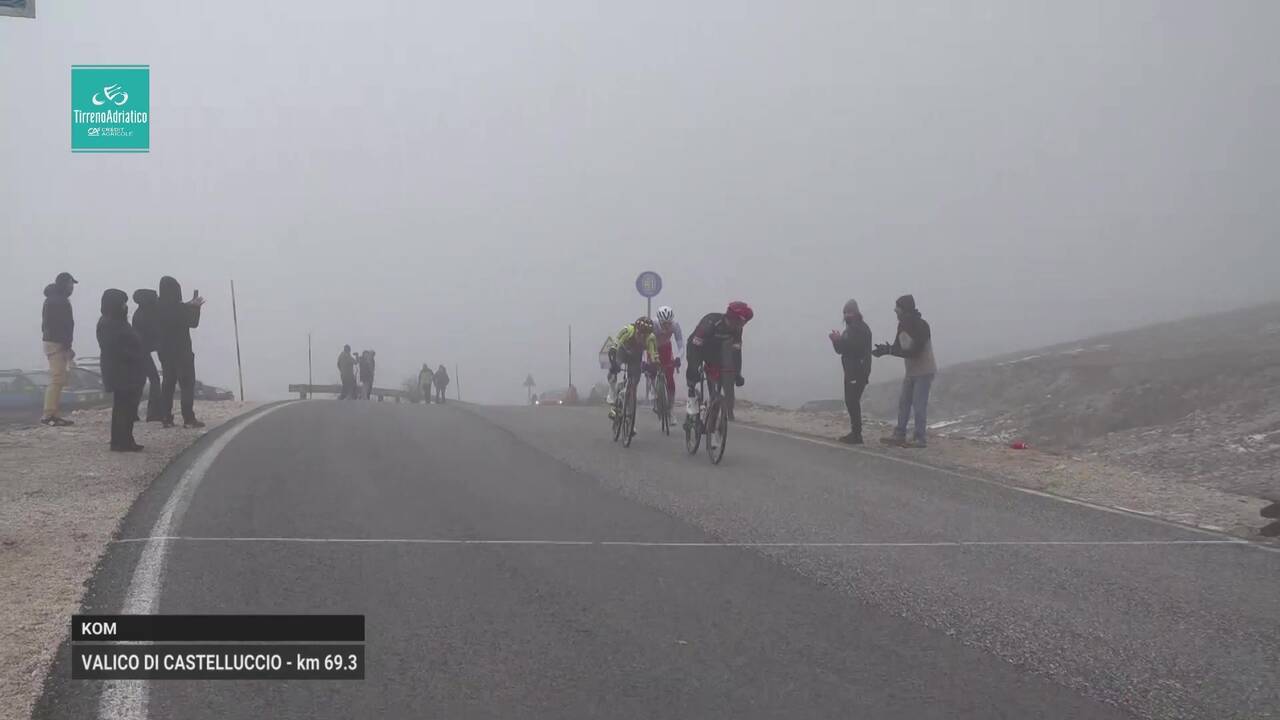
Tirreno-Adriatico Crédit Agricole 2024 | Stage 4 | Highlights 🇮🇹
7 Mar 2024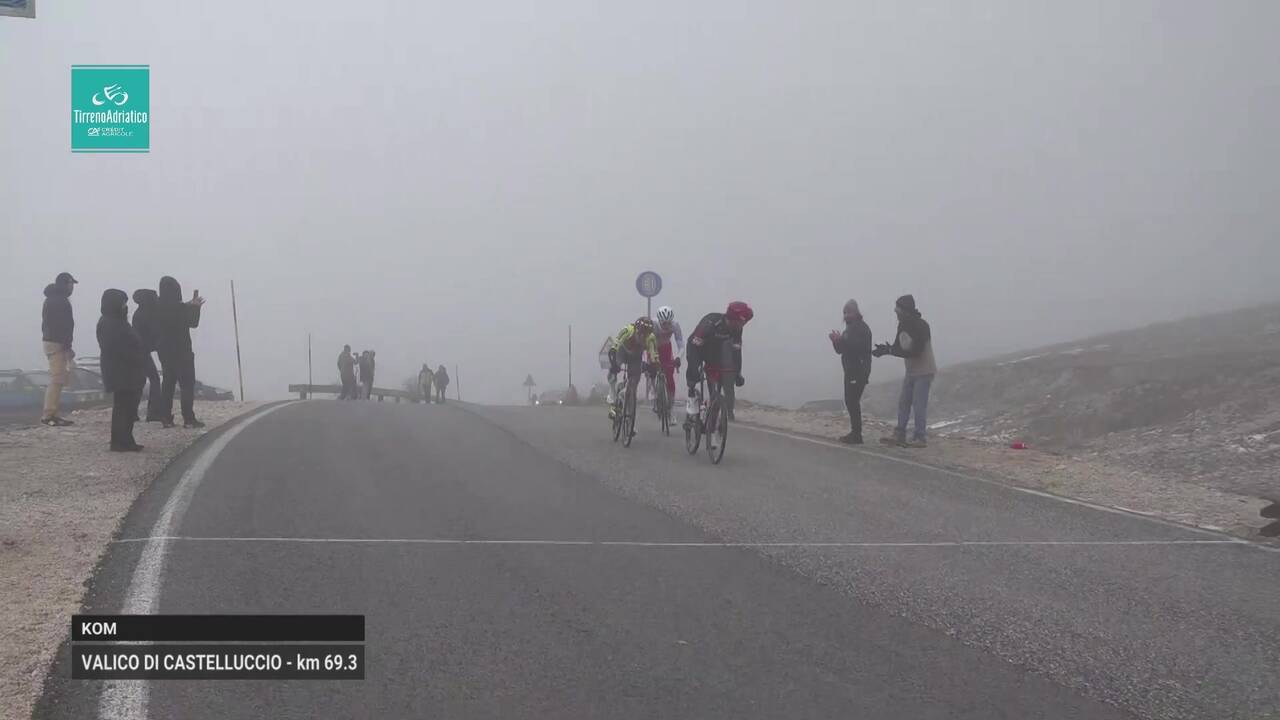
Tirreno-Adriatico Crédit Agricole 2024 | Stage 4 | Highlights 🇬🇧
7 Mar 2024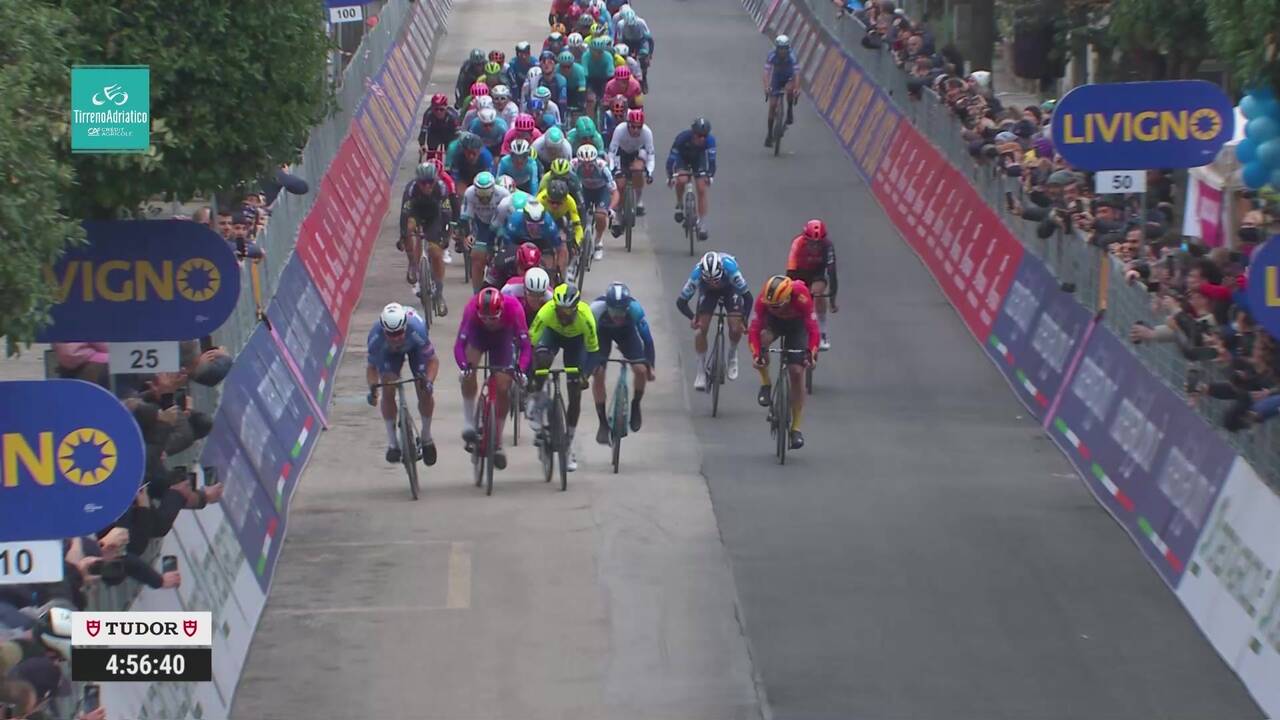
Tirreno-Adriatico Crédit Agricole 2024 | Stage 4 | Last KM 🇮🇹
7 Mar 2024Photos Stage 04

Tirreno-Adriatico Crédit Agricole 2024 | Tappa 4 | Best of
07/03/2024

